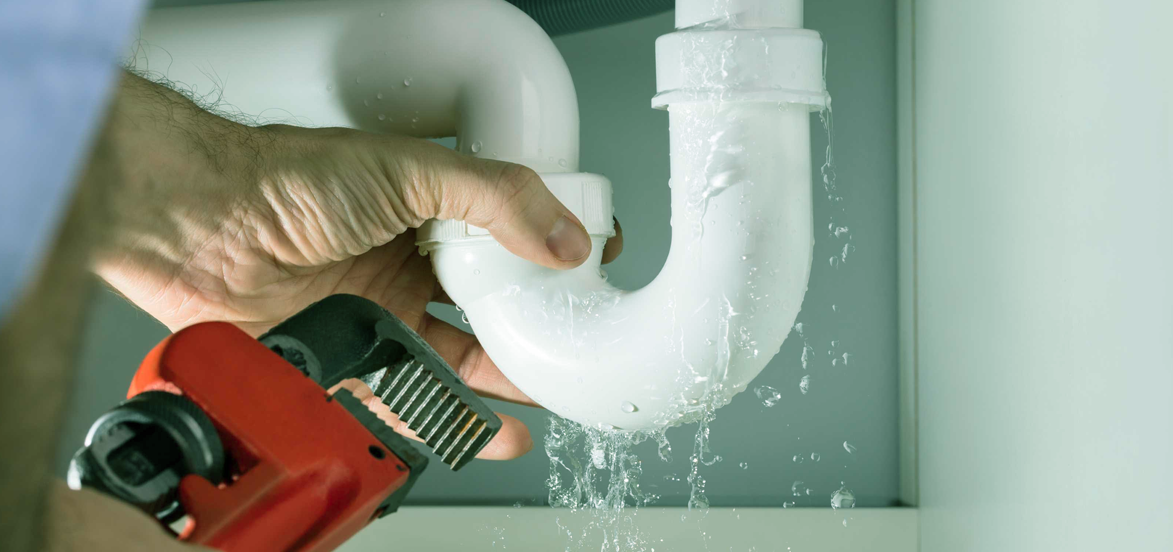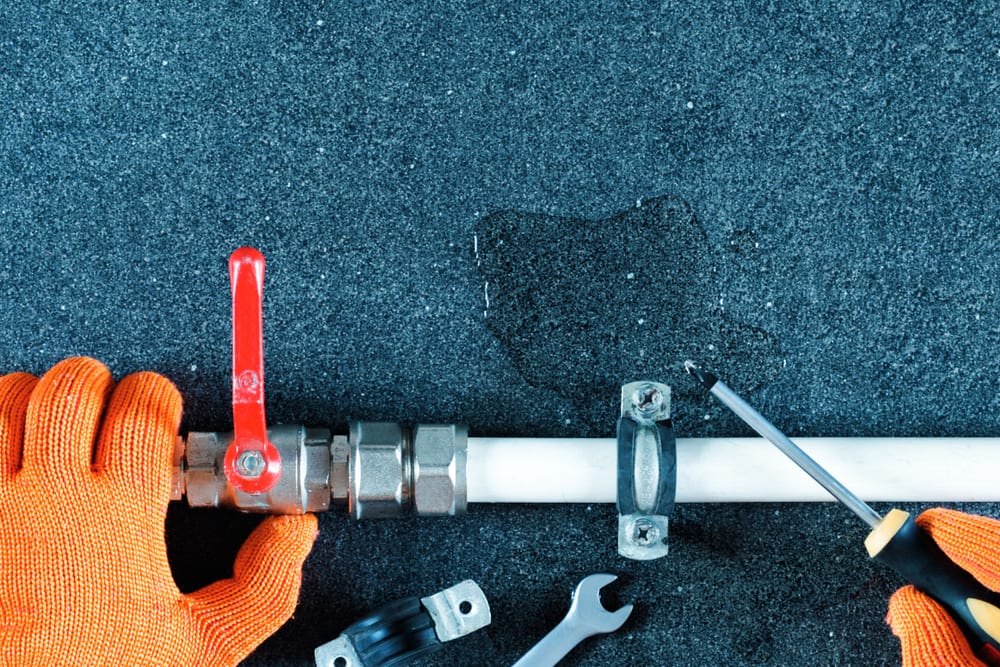How to Check If Your Residence Has a Surprise Leakage
How to Check If Your Residence Has a Surprise Leakage
Blog Article
Almost everyone may have their private piece of advice about Detecting hidden plumbing leaks.

Early discovery of leaking water lines can mitigate a possible calamity. Some tiny water leaks might not be visible.
1. Examine the Water Meter
Inspecting it is a proven method that assists you find leakages. If it relocates, that indicates a fast-moving leak. This means you may have a slow leak that can even be below ground.
2. Inspect Water Intake
Examine your water costs as well as track your water consumption. As the one paying it, you must notice if there are any type of discrepancies. If you identify sudden changes, despite your usage coinciding, it means that you have leakages in your plumbing system. Remember, your water expense need to fall under the very same range each month. An unexpected spike in your bill suggests a fast-moving leakage.
On the other hand, a constant increase each month, despite having the very same practices, shows you have a slow-moving leakage that's additionally slowly escalating. Call a plumber to thoroughly check your residential property, specifically if you really feel a cozy location on your flooring with piping underneath.
3. Do a Food Coloring Test
30% comes from bathrooms when it comes to water usage. Test to see if they are running correctly. Decrease specks of food color in the container and also wait 10 mins. If the color somehow infiltrates your bowl during that time without flushing, there's a leakage in between the container as well as dish.
4. Asses Outside Lines
Do not forget to inspect your outdoor water lines as well. Should water leak out of the connection, you have a loose rubber gasket. One little leak can throw away lots of water and also surge your water costs.
5. Examine and also Analyze the Circumstance
Home owners should make it a behavior to check under the sink counters as well as also inside cabinets for any type of bad odor or mold and mildew development. These two red flags indicate a leakage so punctual attention is needed. Doing regular evaluations, even bi-annually, can conserve you from a significant problem.
If you understand your house is currently old, maintain a careful eye on your heaters, hose pipes, pipes and so on. Look for stainings and also damaging as most devices and also pipelines have a life span. They will also naturally weaken because of tear as well as use. Don't wait for it to intensify if you think leaking water lines in your plumbing system. Call an expert plumber today so you do not wind up with a horrible mess in your house.
Early detection of leaking water lines can mitigate a possible catastrophe. Some tiny water leaks might not be visible. Checking it is a surefire means that assists you find leaks. One little leakage can squander loads of water and increase your water bill.
If you suspect dripping water lines in your plumbing system, don't wait for it to escalate.
How to Know If Your Home Has a Hidden Leak
Water Meter Reveals Inexplicable Water Usage
If you’d like to test whether or not there’s a leak somewhere in your home, you can do this using your water meter. Here is how to conduct the test:
Don’t use any water in your home for at least 30 minutes; this also means not turning on faucets or water-using appliances.
Go outside, and check your water meter for activity.
If your water meter shows that there was activity, even though no one was using any water, this proves that there is a leak in your home.Visible Mold or Mildew Growth
Leaks behind walls create moist, dark environments that allow mold and mildew to grow and thrive. Eventually, you might see mold growth forming on the wall closest to a hidden leak.
If mold is growing in an area that receives a high amount of moisture, such as a bathroom, it may simply be an indication that better ventilation is needed. However, if you see mold growth on a wall or the ceiling in an area where you would not expect, you probably have a hidden leak.
Musty, Mildew Odor
Sometimes you might not be able to see the mold or mildew that is growing as a result of a leak. However, the smell can give the problem away just as easily. If you catch a whiff of something musty, there’s a good chance that old water is collecting somewhere in your home that you can’t see.
Stained/Warped Walls, Ceilings, or Floors
When your home soaks up water, a variety of red flags can become visible, including ceiling stains, bubbling drywall, warped walls, and sagging floors. While these issues can be caused by excess humidity, they can also be signs that a pipe or plumbing connection has started leaking behind your walls.
Inexplicably High Water Bill
After a while, you get a general sense for what your water bill should be. If you own a pool or sprinkler system, your bill will tend to be higher during summer. However, if you receive a water bill that seems especially high, and you can’t figure out what caused it, then you may have a hidden leak somewhere that’s increasing your bill.
https://www.plumbingjoint.com/blog/2019/july/how-to-know-if-your-home-has-a-hidden-leak/

We are very intrigued by Finding hidden leaks and I hope you appreciated our post. I beg you set aside a second to distribute this article if you enjoyed it. Thanks so much for going through it.
Report this page